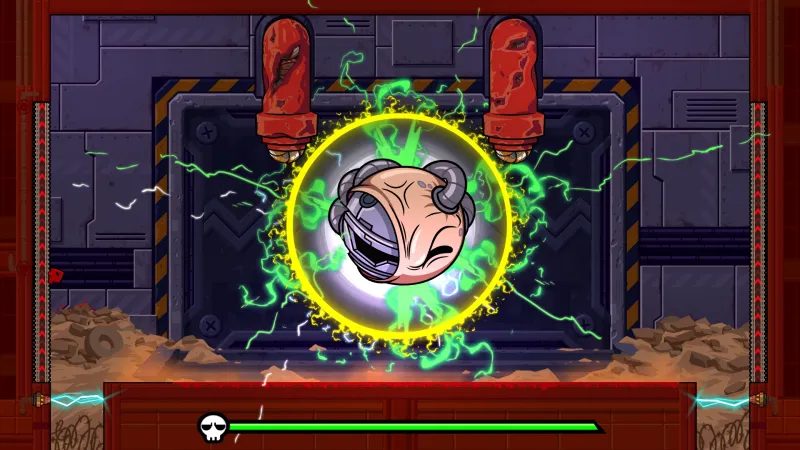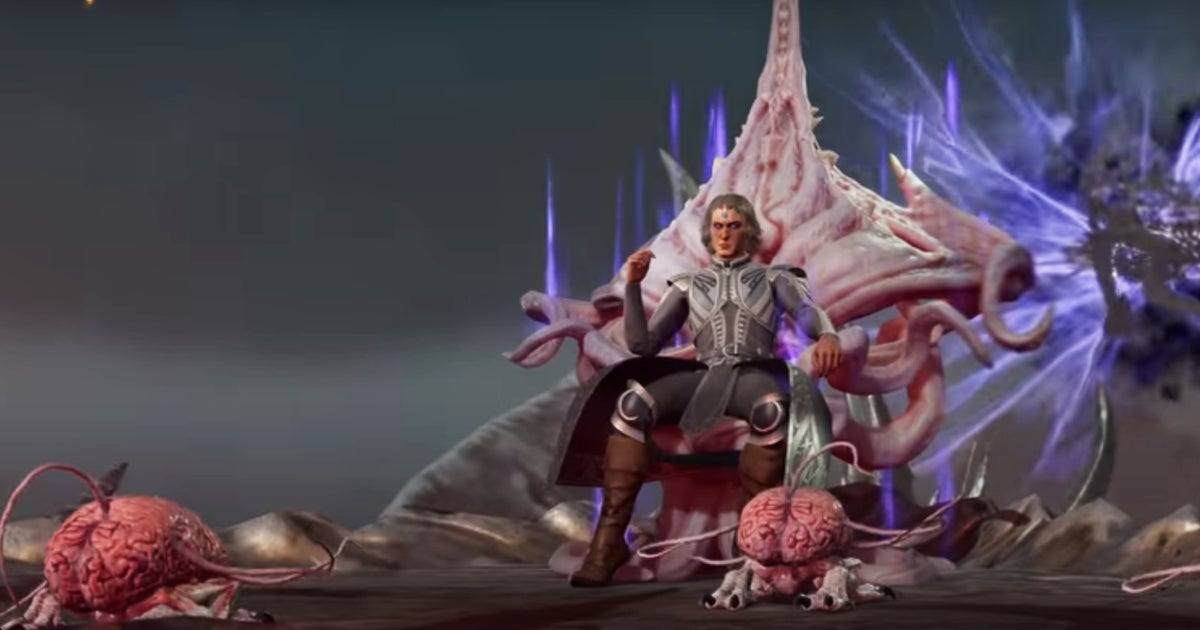A decade ago, the original Super Meat Boy was released in an industry that almost feels like another. Team Meat’s hardcore platformer was at the forefront of the modern indie renaissance. Games like Super Meat Boy have shown that even small teams of dedicated developers can make a big impact on the gaming landscape. A few years later, Team Meat announced the follow-up Super Meat Boy Forever, a pseudo sequel that would take Meat Boy into the world of autorunner. This, of course, begs some questions: Can Team Meat turn Meat Boy’s pixel-perfect platform into a game where players are limited to a single input? And does Super Meat Boy Forever stand a chance of leaving the same cultural mark on the industry as its predecessor? Now that I’ve played the game the answers are clearly “surprisingly yes” and “no chance in hell”.
Since Super Meat Boy Forever is an autorunner, the second you press Start, Meat Boy will start up and you will not be able to control the direction of its movements or its speed. This may sound like it simplifies the action and neutralizes Meat Boy’s difficulty, but it doesn’t. While this is a simple game technically, it is far from easy. Given the streamlined action of Super Meat Boy Forever, Team Meat has put special emphasis on precise platforming and created a series of harrowing obstacle courses that force you to carefully plan your jumps. There were a few times when I wished I had a little more control over Meat Boy, but for the most part, I quickly forgot its limitations as I slid under buzz saws and pinned walls.
This meat boy is called “Forever” because its levels are procedurally generated, which means you can theoretically play the game endlessly. Procedurally generated games often lack the handcrafted feel, but Super Meat Boy Forever’s levels flow seamlessly together in a way that usually feels natural. Each level is made up of fragments taken from a pool of over 7,000 bite-sized platform sections, meaning every player has a unique experience. After completing a run, I generated a new set of levels and was surprised at how different they felt.
Even without procedural generation, the Super Meat Boy Forever action will evolve over time. On a series of levels, I raced through storms of falling glass. In another case, I used Meat Boys Dash Punch to move blocks across the screen and create new platforms. I especially liked the levels with pickups that Meat Boy can use to teleport through walls. Each new level emphasizes different obstacles that kept me constantly on my toes. I was really surprised at how fresh the action felt, and the game kept throwing me new mechanics right through to the end.
Super Meat Boy Forever’s controls are generally excellent, but my only complaint has to do with Meat Boy’s ability to hit enemies. If you press the jump button twice, Meat Boy rushes forward, slamming his oversized fist on any helpless enemy that stands in his way. The animals do not pose much of a threat and usually help Meat Boy fill in large gaps. Meat Boy’s punch resets after bonding with an enemy, which means he can stay in the air as long as his fist is flying. This mechanic is a lot of fun, and I appreciate having a few enemies to hit around. Unfortunately, Meat Boy’s jump and slap are tied to the same button. So if you’re trying to jump while hitting the ground, it’s dangerously easy to take a punch from the side of a cliff instead. Given the precise timing required to complete many of the challenges of Super Meat Boy Forever, hitting and jumping on separate inputs could have avoided many irritating mistakes.
Super Meat Boy Forever’s simplified controls add a bit of frustration, but this is a game that rewards overcoming the pain for the thrill that comes with completing a harrowing platform sequence. My thumb went numb, but that didn’t stop me from wanting to play more. In fact, I’ve died over a hundred times on some levels, but I rarely cared because Super Meat Boy Forever’s respawns are mercifully quick, the checkpoints are short, and the bite-sized platform sequences are a total rush.








